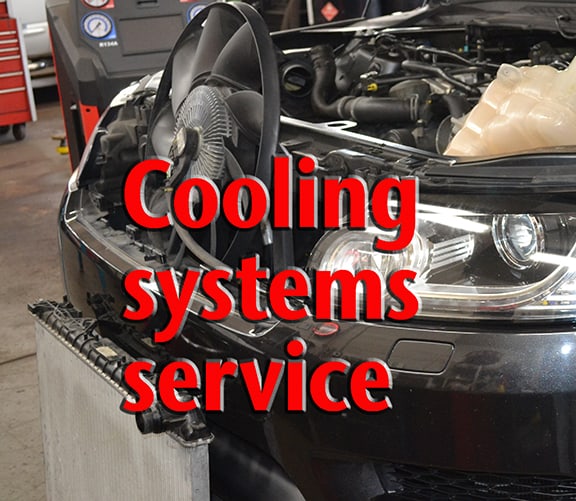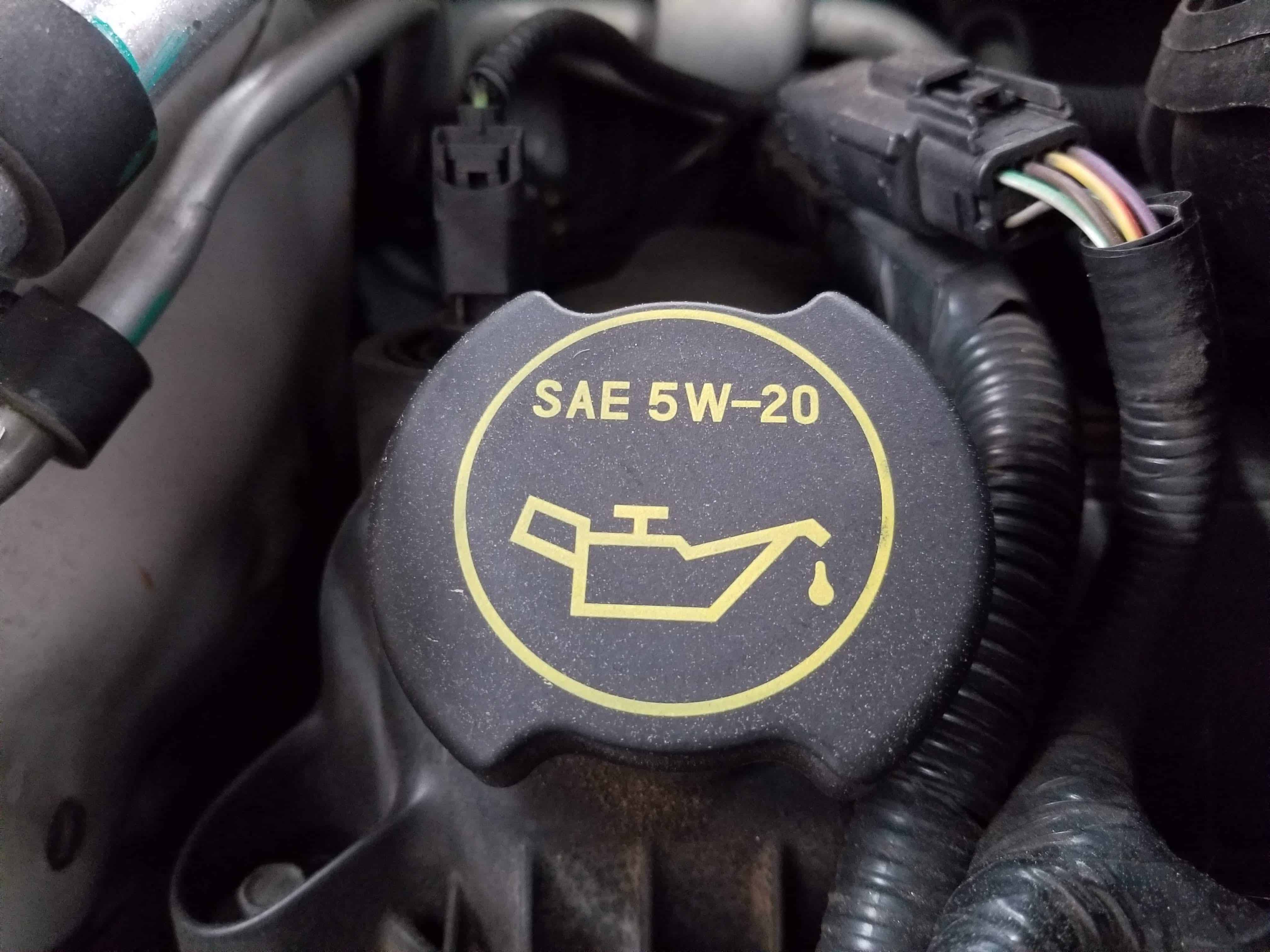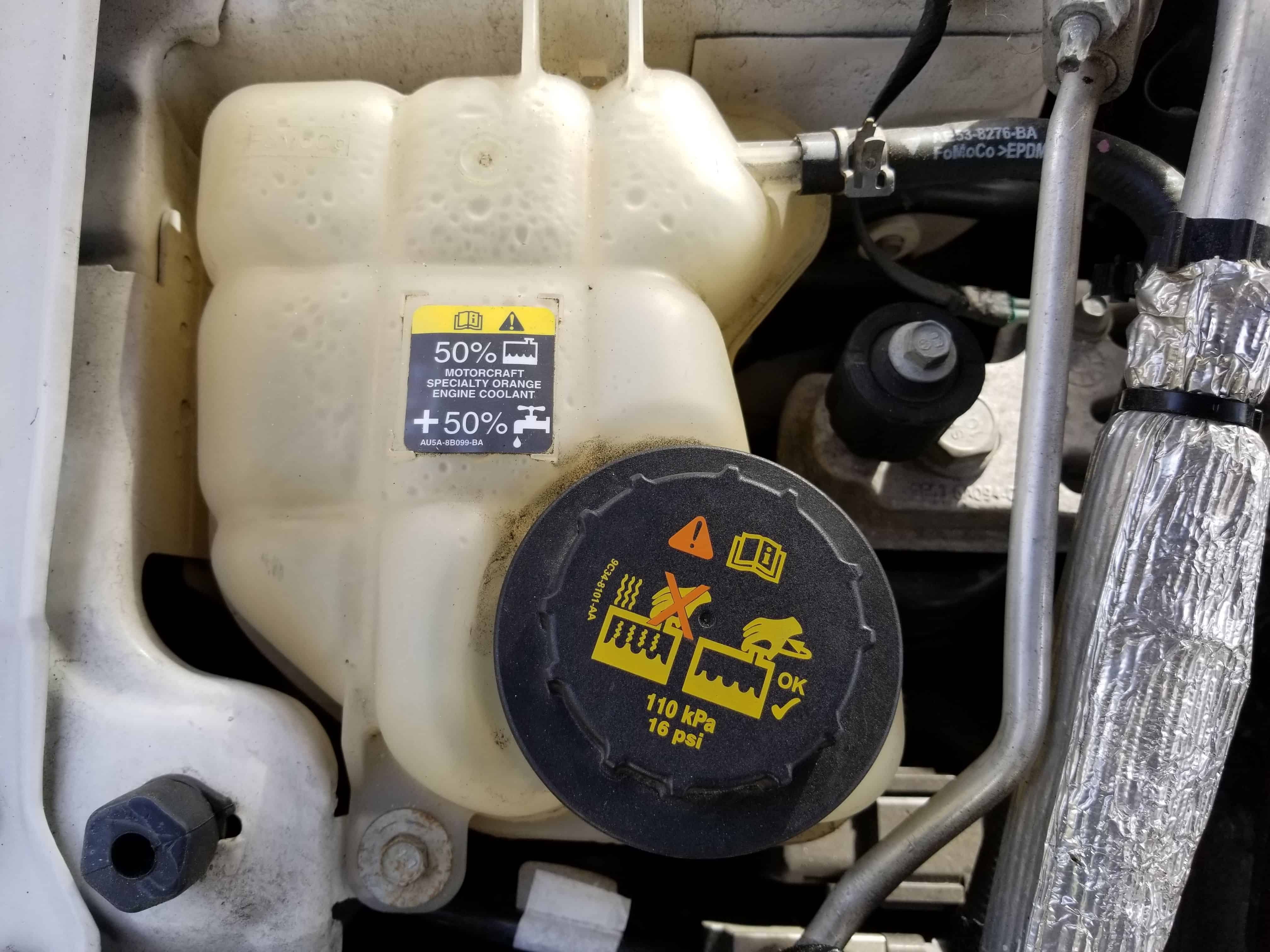Cooling systems service

By Peter Orlando, MACS Technical Correspondent
The Lubrication System Service –
It seems routine, but it’s not!
Have you ever heard someone say, “When it begins ticking, that’s when I know to add oil?” When we’re asked to change oil and filter, it seems so routine. Car on lift, determine type of oil filter (spin-on or cartridge), locate crankcase drain plug and remove it, R&R the oil filter, simple drain and refill to capacity with proper type and grade of oil. Although we see the average vehicle less in a calendar year for this service now than we did just five years ago, it still seems to be routine and remains one of the “MUST DO” services a customer is inclined to bring the vehicle into the shop for. We do hundreds of oil and filter changes a year, right?
By the way, I say five years ago because that’s when the use of factory-fill synthetic oil really began to increase. The educational needs of our shop’s services (one of which is changing oil) had to change (pardon the pun) when this uptick occurred. Why? We couldn’t have a customer dictating they wanted conventional oil put into their engine when the factory-fill requirements were 5W-20 Full Synthetic oil. See Figure 1. Secondly, we certainly couldn’t have technicians or shop owners telling customers, “…they don’t need that expensive stuff; it’s just a waste of money.”
Just as the engines have evolved over the years, so have the protective oil formulations that go into them. Putting the correct oil in the engine is necessary to provide proper engine protection, maintain vehicle warranty and, more important, make the extended drain interval that the manufacturer has provided for the oil and filter. Besides, the Oil Life Monitor and engine protection only work if the correct oil is in the engine!

The Cooling Systems Service – (Who’s doing it?)
Unfortunately, there is no Coolant Life Monitor on board telling us to change the coolant, at least not yet. Hard truth lesson: If the customer, who waits for the engine to begin “ticking” before adding oil treats the cooling system with the same respect, we can all agree that the educational needs of that customer are at least a 10. Those decisions have extreme consequences in most cases, and if they have children who drive, they’re not making any positive strides in the gene pool for setting a good example for the young ones. The parental lesson should be WHY we perform proper vehicle maintenance; the rewards of vehicle reliability are of top priority as the youngsters advance from being driven to driving! Teach them early, teach them right, teach them now, keeps them bright! The vehicle is potentially their means of transportation to and from school or work or maybe both.

Do we service cooling systems?
How many cooling systems services do we average a year? I’ll bet it doesn’t come close to the amount of oil changes we perform. This service isn’t so routine. As a matter of fact, I did some research. I asked 12 shops when the last time anyone in the shop tested a customer’s car for coolant strength? Judging by the perplexing look on most technicians’ faces when asked this question, I became perplexed, as well! What was even more alarming was their responses to the second question: How would you test the coolant/antifreeze mixture ratio on my car right now? Guess what they reached for? A hydrometer! “Have you ever used a refractometer?,” I asked. No, what’s that? (I wish I was making this up). I had one technician say, “Unless the customer is complaining of a leak, or the car overheated, we just don’t check it all that much”. It didn’t even occur to me that many technicians don’t even bother to check the coolant unless there is a leak. This is astonishing. Another shop owner told me, “I used to try and sell cooling system services to customers, but they just don’t care, so I stopped trying.”
Ultimately, my takeaway on these reactions was: We’d prefer to wait for the machine to break, rather than maintain it and avoid a headache! This is what health care, too, has become. Think about it! Why cure anything? Why prevent illness? There’s no money in that! But, we sure can treat you once you become ill. No money in prevention. However, taking the responsibility to properly inspect and maintain a vehicle is our job. We can’t wait for things to break, especially those things that are preventable. It must change and, we as a service industry, must do our part to prevent breakdown and customer inconvenience. Cooling system service and maintenance are among many areas where we can educate our customers to prevent such problems. (Read More)

Leave a Reply